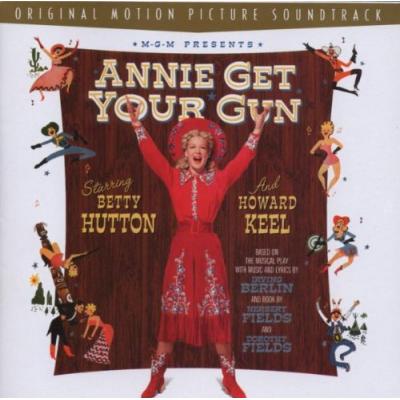Tennis Book Query-- GOOFY GOLFY BACKSWING: WAVE OF THE FUTURE
Once that our hero John McEnroe declined to write the preface to our proposed tennis book (proposed right here), we decided to defer all writing of the main manuscript until you messieurs and mesdames of American publishing decide as you inevitably must that resuscitation is deep in your genes or jeans.
In the meantime, we thought, a smaller form than 480 pages of exposition would be most appropriate to our personal needs. Please understand, ms. and sir, in using the pronoun "we" we really mean "I."
In this light I think that haiku would be best form for my project. But I don't know how to write a haiku. So here in a nutshell-- a post at TennisPlayer-- are my current ideas about goofy bowl-back/golf-back.
1) Like Johnny the Mac himself, keep hitting arm as straight as straight arm in a pendulous golf swing.
2) Burlesquing the Don Budge forehand, adopt the bent/bending/straightening arm of a golf swing and throw sidearm/underarm like an infielder in baseball.
3) Vary grip to swing level with no twist of the arm.
4) With eastern grip hit a Federfore (ATP-3 forehand) only with no patting of the dog.
5) Place base knuckle on plane 4, heel on 3, and backswing farther (higher), then suddenly break arm into a double bend to hit a Thomas Berdych forehand.
6) With a grip of your choice, backswing even longer (higher), so high that arm breaks behind neck to prepare one to hit an Ellsworth Vines forehand, one of the fastest and flattest forehands the world has ever known.
These are just a few of the variations available in this new or if not new at least different way of hitting a forehand. The topspin of Tom Okker also comes to mind but without his huge loop. How important is a huge loop anyway? Is a loop in a tennis forehand any less showy and loopy than the boxer Kid Gavilan's pawing, impotent bolo punch? Note also in any McEnroe clip how Johnboy edits out the time-wasting turn of shoulder through opposite hand on the racket. No, he turns the shoulders just as well but with a huge point across with opposite hand. In other words he plays tennis with more economy than the current players at Wimbledon.
Even an Amazon demoralized and alcohol suffused publisher ought to have enough brain cells left to recognize the efficacy of these thoughts and have a nice day and thank you very much for your kind patience and consideration.
See you on the court, you loopy suckers.
Will kick your ass.
Sincerely
Once that our hero John McEnroe declined to write the preface to our proposed tennis book (proposed right here), we decided to defer all writing of the main manuscript until you messieurs and mesdames of American publishing decide as you inevitably must that resuscitation is deep in your genes or jeans.
In the meantime, we thought, a smaller form than 480 pages of exposition would be most appropriate to our personal needs. Please understand, ms. and sir, in using the pronoun "we" we really mean "I."
In this light I think that haiku would be best form for my project. But I don't know how to write a haiku. So here in a nutshell-- a post at TennisPlayer-- are my current ideas about goofy bowl-back/golf-back.
1) Like Johnny the Mac himself, keep hitting arm as straight as straight arm in a pendulous golf swing.
2) Burlesquing the Don Budge forehand, adopt the bent/bending/straightening arm of a golf swing and throw sidearm/underarm like an infielder in baseball.
3) Vary grip to swing level with no twist of the arm.
4) With eastern grip hit a Federfore (ATP-3 forehand) only with no patting of the dog.
5) Place base knuckle on plane 4, heel on 3, and backswing farther (higher), then suddenly break arm into a double bend to hit a Thomas Berdych forehand.
6) With a grip of your choice, backswing even longer (higher), so high that arm breaks behind neck to prepare one to hit an Ellsworth Vines forehand, one of the fastest and flattest forehands the world has ever known.
These are just a few of the variations available in this new or if not new at least different way of hitting a forehand. The topspin of Tom Okker also comes to mind but without his huge loop. How important is a huge loop anyway? Is a loop in a tennis forehand any less showy and loopy than the boxer Kid Gavilan's pawing, impotent bolo punch? Note also in any McEnroe clip how Johnboy edits out the time-wasting turn of shoulder through opposite hand on the racket. No, he turns the shoulders just as well but with a huge point across with opposite hand. In other words he plays tennis with more economy than the current players at Wimbledon.
Even an Amazon demoralized and alcohol suffused publisher ought to have enough brain cells left to recognize the efficacy of these thoughts and have a nice day and thank you very much for your kind patience and consideration.
See you on the court, you loopy suckers.
Will kick your ass.
Sincerely










Comment